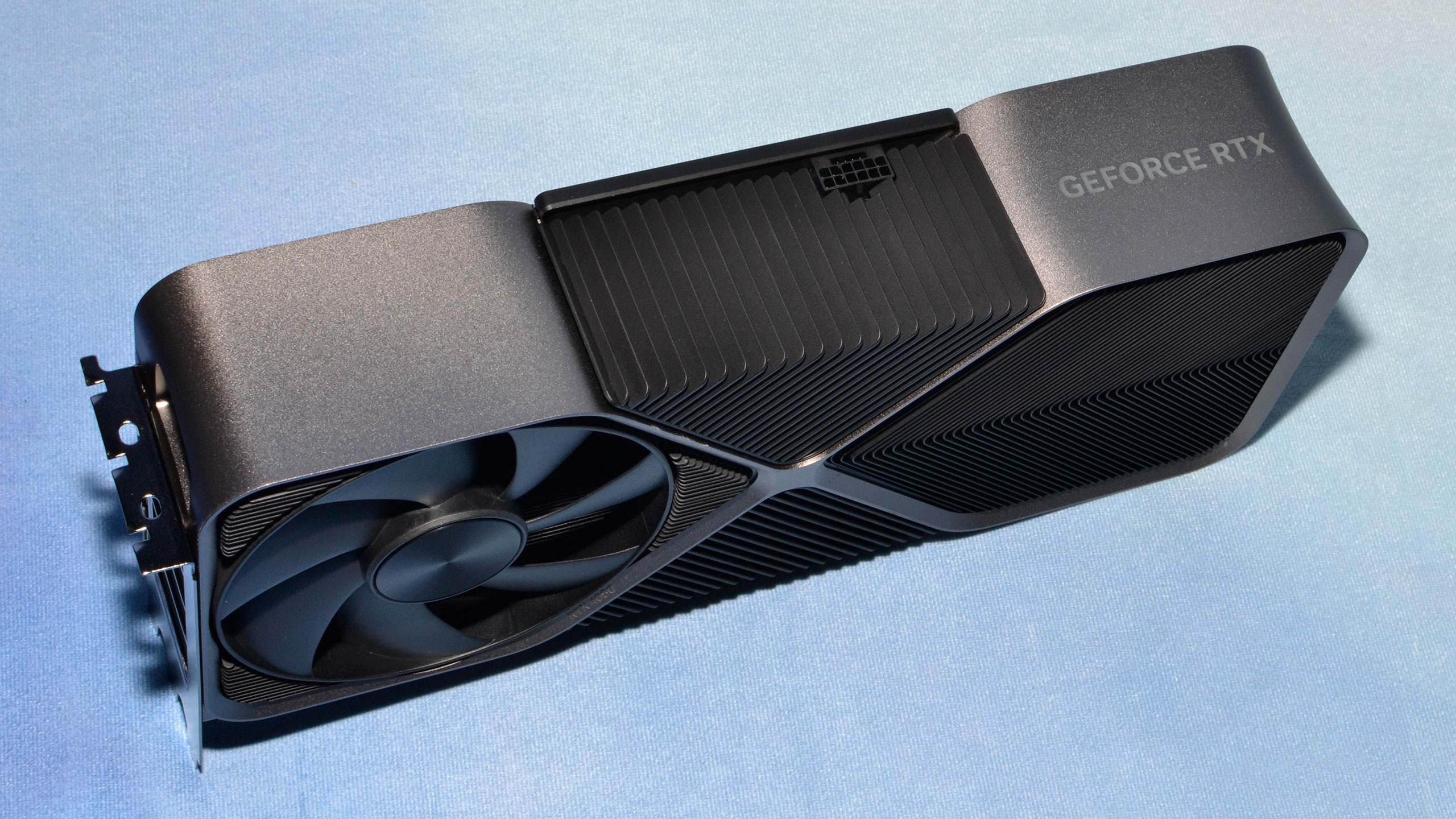
Nvidia Ships New RTX 4080 Silicon, Probably Still Too Expensive
Although overpriced, the GeForce RTX 4080 is one of the best graphics cards for modern-day gaming. However, Hong Kong news outlet HKEPC (opens in new tab) claims that Nvidia has prepared a new AD103 die for the GeForce RTX 4080, potentially improving the Ada Lovelace graphics card’s bills of material (BOM). Now there’s evidence that suggests this is accurate.
The GeForce RTX 4080 currently ships with the AD103-300 silicon; however, HKEPC’s sources allege that the graphics card will switch over to AD103-301 soon. Now, Galax (opens in new tab) has started listing the brand’s GeForce RTX 4080 graphics cards with the “AD103-300/301,” lending credence to HKEPC’s claims.
However, the transition from AD103-300 to AD103-301 won’t likely benefit the consumer. Despite the difference in silicon, GeForce RTX 4080 GPUs based on the AD103-301 should have an equivalent level of performance to the normal AD103-300 variants. Nvidia’s partners are probably the ones that are getting the best deal out of the new silicon.
According to HKEPC, Nvidia’s upcoming GeForce RTX 4070 could leverage two different dies: AD104-250 or AD104-251. The former allegedly requires a comparator circuit for the GPU voltage, whereas the latter doesn’t need one. As a result, AD104-251 has a lower PCB BOM but would likely use a different PCB.
HKPEC estimates a $1 BOM reduction with AD104-251. In any event, the AD104-250 will probably hit the production line first, with the AD104-251 coming shortly afterward.
Given the version numbers, AD103-301 doesn’t represent a significant revision over the current AD103-300 silicon. It’s unknown what has changed between the two dies or why Nvidia decided to spin up a new piece of silicon for the GeForce RTX 4080, especially if it requires changes to the PCB design. The current assumption is that the new AD103-301 silicon may help lower the BOM for the GeForce RTX 4080. We don’t the exact amount, though. HKEPC‘s $1 claim is for the AD104 silicon, and the GeForce RTX 4080 uses a different silicon. Still, it’ll be interesting to see whether the cost savings make it to the consumer.
The GeForce RTX 4080 debuted at $1,199, and some premium custom models retail for as much as $1,899. Despite the steep price tag, the GeForce RTX 4080 is still one of the best-selling graphics cards on Newegg.

